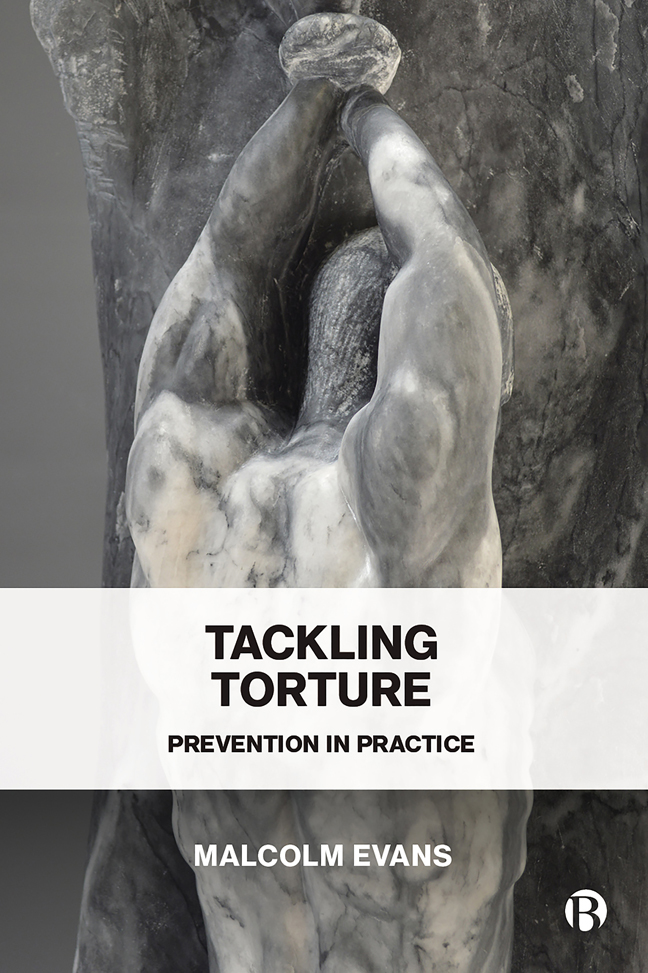11 - Working with Fictions
Published online by Cambridge University Press: 24 January 2024
Summary
Introduction
We all tend to see what we expect to see and understand things in the way that we expect them to be understood. When those expectations are in fact very far from reality, it is quite possible to spend a great deal of time and energy visiting a place of detention while not really seeing or understanding what is in front of you at all. If things look familiar, you assume that they will be what you expect them to be and respond to them accordingly. But as we saw in the previous chapter, this is sometimes not true at all. Things are not at all what we expect them to be, but nevertheless we still project our assumptions and our expectations into our evaluations and into our recommendations.
Sometimes this simply renders those evaluations and recommendations perplexing to those who receive them and leaves you looking a little foolish because you have just not ‘got it’. That can be embarrassing, but it is not the end of the world. What is far more serious is when you have become so blinded by your expectations that you end up working with a fictional, parallel universe. There is then a real danger that what you say might not only be inappropriate, but can even be harmful, and the standards and expectations you demand others comply with may not only be useless or unhelpful but, in some extreme examples, might even put people at greater risk of suffering the very things you are seeking to protect them from.
Twenty years ago, I was involved on behalf of the Association for the Prevention of Torture (APT) in a project with the African Commission on Human and Peoples’ Rights that resulted in the adoption of the Robben Island Guidelines on Torture Prevention in Africa in October 2002 (for the background to, and text of which, see APT, 2003), which some years later provided the springboard for the establishment by the African Commission of the Committee for the Prohibition and Prevention of Torture in Africa. I was a member of the seven-person drafting committee and one of the two ‘core drafters’ of the final document.
- Type
- Chapter
- Information
- Tackling TorturePrevention in Practice, pp. 171 - 183Publisher: Bristol University PressPrint publication year: 2023

